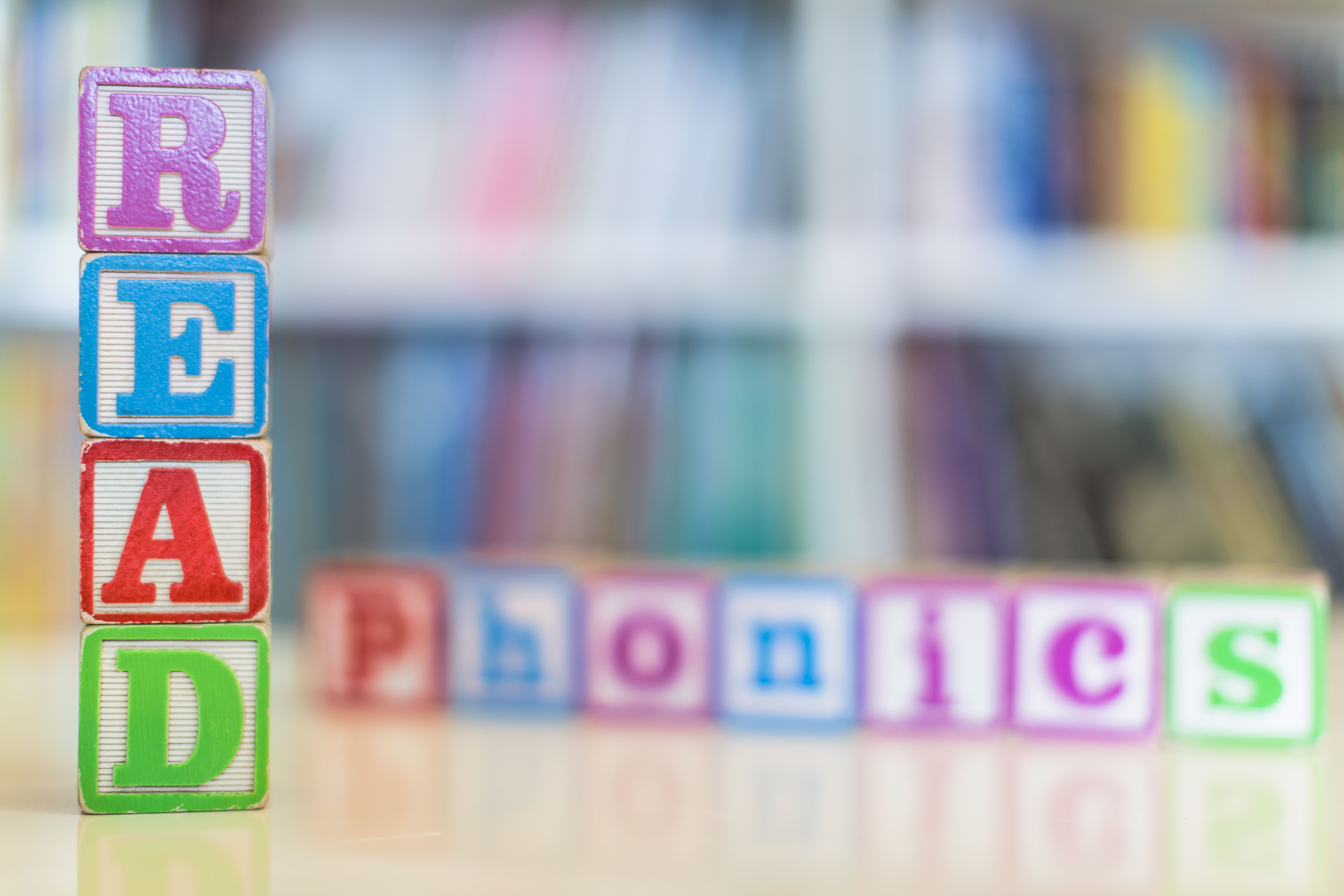Understanding Vowel and Consonant Phonics Patterns
JT
Introduction to Phonics Patterns
Understanding phonics patterns, particularly vowel and consonant patterns, is fundamental in learning how to read and spell effectively. These patterns are the building blocks of pronunciation and can greatly enhance literacy skills. By mastering these patterns, learners can decode words more efficiently, making reading a more enjoyable and less daunting task.
Phonics involves the relationship between sounds and their spelling. When children or language learners grasp these connections, they can apply this knowledge to unfamiliar words, enhancing their reading fluency. This post will explore key vowel and consonant phonics patterns to provide a clearer understanding of how they function in the English language.

Vowel Phonics Patterns
Vowels play a crucial role in phonics, as they are present in every word. Understanding vowel phonics patterns can significantly aid in the correct pronunciation of words. There are several common vowel patterns that learners should become familiar with.
Short and Long Vowel Sounds
Short vowel sounds appear in words like "cat," "bed," "sit," "top," and "cup." These sounds are typically found in closed syllables, where the vowel is followed by one or more consonants. In contrast, long vowel sounds occur when the vowel says its name, as in words like "cake," "beet," "kite," "boat," and "cube." Long vowels are often found in open syllables or when a silent 'e' follows the initial vowel.
To help learners distinguish between these sounds, it is useful to practice with word lists and engage in phonics games that emphasize both short and long vowels.

Vowel Digraphs and Diphthongs
Vowel digraphs consist of two vowels together that produce one sound, such as "ea" in "bread" or "oa" in "boat." These combinations can be tricky but are essential for expanding vocabulary. On the other hand, diphthongs are complex vowel sounds that begin with one vowel sound and glide into another, like "oi" in "coin" or "ow" in "cow."
Recognizing these patterns requires practice and repetition, but understanding them can make a huge difference in reading comprehension and spelling accuracy.

Consonant Phonics Patterns
Consonants are equally important in phonics education. They form the structure of words and influence how vowels are pronounced. Various consonant patterns can impact both pronunciation and meaning.
Consonant Blends and Digraphs
Consonant blends involve two or more consonants where each sound is heard, such as "bl" in "black" or "str" in "street." These blends can be challenging for beginners but are crucial for accurate reading and pronunciation. Digraphs, however, involve two consonants that create a single sound, like "ch" in "chop" or "sh" in "ship."
Practicing with flashcards or using phonics apps can help learners identify and master these patterns over time.
Silent Consonants
Silent consonants, such as the 'k' in "knight" or the 'w' in "wrist," add another layer of complexity to phonics. These silent letters often have historical roots and can sometimes confuse learners who rely solely on phonetic pronunciation.
To tackle silent consonants effectively, exposure to a wide range of vocabulary through reading is beneficial. This helps learners become familiar with these irregularities in a context-rich environment.

Conclusion
Mastering vowel and consonant phonics patterns is essential for developing strong reading skills. By understanding these fundamental elements, learners can improve their ability to decode words, enhancing both comprehension and enjoyment of reading. Incorporating diverse teaching methods, such as games, flashcards, and technology, can make this learning process both effective and engaging.
Ultimately, patience and consistent practice are key. As learners become more familiar with these patterns, their confidence and aptitude for reading will grow, paving the way for lifelong literacy success.
